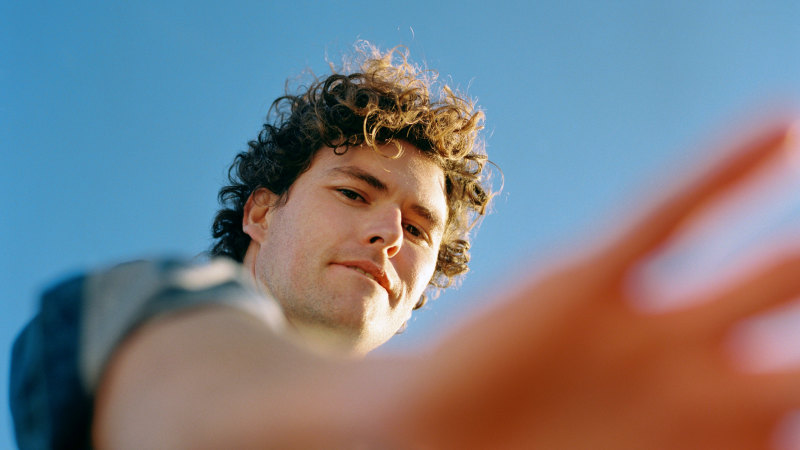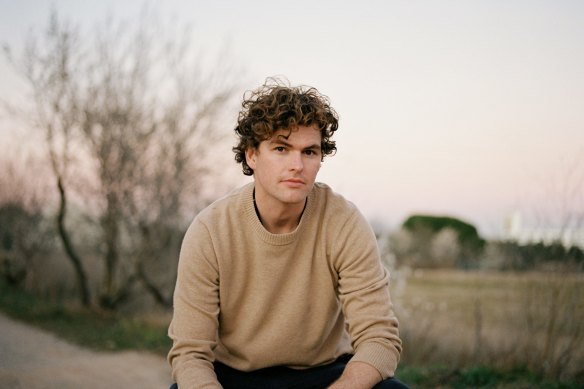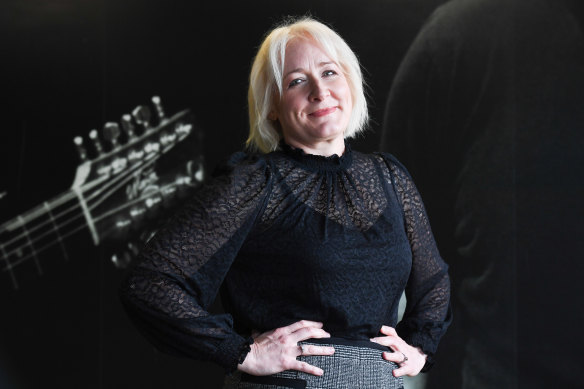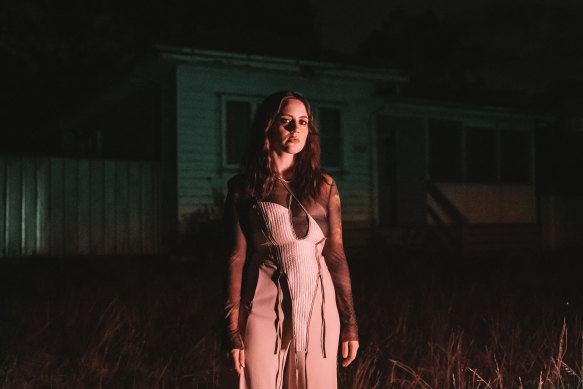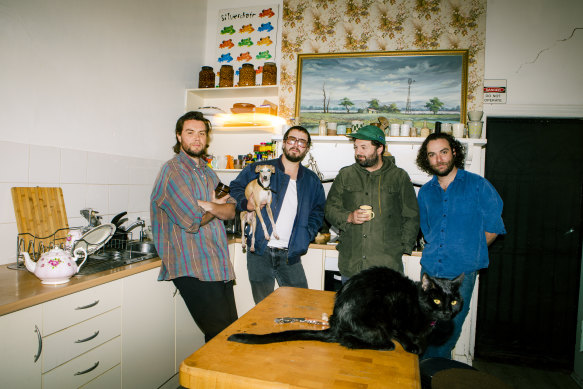Save articles for later
Add articles to your saved list and come back to them any time.
Vance Joy’s indie-folk song Riptide is currently sitting at number one on ARIA’s Australian singles chart, number 18 on the overall ARIA singles chart, and number 17 on Spotify’s Australian singles chart. It was released in 2013.
While the song’s decade-long success is a testament to Vance Joy’s ability to write a catchy tune, the fact that few other Australian songs have managed to achieve chart success suggests a structural problem with the local music ecosystem.
Riptide has been charting strongly for much of the year, but since the end of July has faced competition from singles from Troye Sivan’s new record, Something to Give Each Other, released on October 13.
All up, Riptide has sold more than a million copies, spent a total of 272 weeks on the Australian charts, and 69 weeks in the ARIA top 50 over the last 10 years.
Vance Joy has dominated the Australian singles charts this year, despite not releasing a new solo song.Credit: Celina Martins
This year, Riptide has been sitting in the ARIA top 50 since May 15, entering at number 27. In the same week, it rocketed to the top of the Australian charts, besting The Kid Laroi’s 2021 Justin Bieber collaboration Stay.
A representative for Vance Joy says there is no specific reason for the success of Riptide since May. While the song is up 46 per cent compared to last year, they stress that there is no one TikTok video, pop culture moment or playlist responsible for the song gaining considerable momentum. Instead, the song has become ubiquitous across platforms over the last decade.
Riptide is one of only 14 Australian songs to appear on the charts at all this year, including Padam Padam by Kylie Minogue, Love Again by The Kid Laroi and Snowman by Sia. According to The Guardian, only 22 Australian songs appeared in ARIA’s weekly top 50 singles across 2022.
Annabelle Herd, CEO of ARIA, acknowledges the challenge facing Australian artists: “There is so much competition and audience fragmentation that it is very difficult to connect with your fans and to get noticed on the streaming platforms.
ARIA CEO Annabelle Herd knows that it can be hard for Australian artists to cut through.Credit: Peter Rae
“That path to market is just much, much more challenging than it was. We’re seeing that reflected in the charts at the moment.”
Musician Eilish Gilligan wrote about why Australians aren’t listening to local music earlier this year. “It’s been a problem for many, many years,” she tells this masthead. “It’s everything from streaming platforms, to Australia being an incredibly small country, to Australia being a really hard country to tour as an upcoming artist. There’s [also] an element of cultural cringe.”
Musician Eilish Gilligan has looked into why Australians aren’t listening to local music.Credit: Katy Roubin
For Gilligan, one of the major barriers to Australian artists making it into the charts is a lack of support from commercial radio. “If people aren’t hearing Australian music on the radio, it’s harder to seek out,” she says. “That does a real disservice to Australian audiences, and it does a real disservice to Australian artists.”
What audiences are seeking out – and have been seeking out for the past decade – is Riptide. The track’s cultural impact and resonance – boosted by its victory on Triple J’s Hottest 100 countdown – predate the disruption of music consumption by streamers and the endless fragmentation afflicting the current landscape.
Alex Cameron, guitarist from Adelaide rock band Bad//Dreems and founder of indie label Endless Recordings, suggests that the dominance of music streaming – often as background noise – likely contributes to Vance Joy’s ongoing success.
Adelaide Bad//Dreems, including guitarist Alex Cameron (third from left).Credit: Dougal Gorman
“This isn’t a personal criticism,” says Cameron. “Spotify and streaming algorithms tend towards the uninteresting, the beige and non-offensive, and to artists like Ed Sheeran and Vance Joy, who, regardless of what you think about the quality of their music, are not very challenging or disruptive.”
Cameron describes the charts as “a reflection of what the majority of the population is being exposed to”.
“A lot of Australia likes very safe, very non-challenging, very conservative things,” he says, drawing a comparison between Australia’s most popular songs and the recent results of the Voice referendum. “There’s definitely good art and good music being made in this country, but how much of that is legitimately getting across to the mainstream and affecting our cultural dialogue? That’s what would concern me about the fact that a 10-year-old song is still charting.”
Herd believes government policy could help to address the issue of a lack of recognition of Australian artists in the local market.
“Australia has always punched above its weight with music, and right now is absolutely no exception,” she says. “There are amazing artists topping charts globally like Troye Sivan and Kylie Minogue, but there are also many I’m meeting every week who are struggling to break through and connect with audiences.”
Find out the next TV, streaming series and movies to add to your must-sees. Get The Watchlist delivered every Thursday.
Most Viewed in Culture
From our partners
Source: Read Full Article
